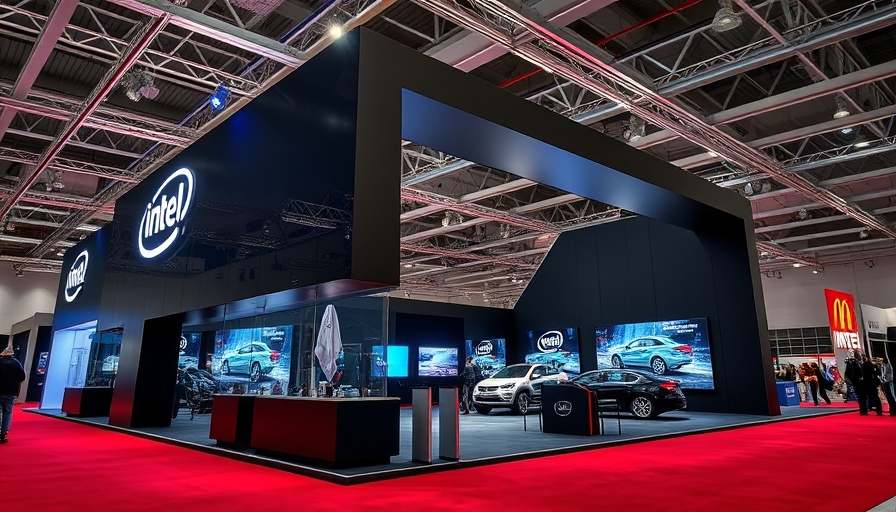
Intel Takes a Step Back: Insights into Automotive Business Disruption
Intel's recent decision to shut down its automotive architecture division marks a significant shift in the semiconductor giant's focus. With layoffs underway, the company is redirecting its efforts toward its core client and data center operations. Spokesperson Cory Pforzheimer emphasized this strategic pivot, noting, "As part of this work, we have decided to wind down the automotive business within our client computing group." While this may not be Intel's primary revenue source, its involvement in the automotive sector has been noteworthy—especially in software-defined vehicle technology, an emerging trend with considerable market potential.
The Fall of a Hopeful Venture: A Historical Perspective
Intel's investment in the automotive industry started with high hopes during a time when autonomous vehicle technology was gaining momentum around 2015. The company made substantial financial commitments, including a $250 million investment in automotive tech and the landmark acquisition of Mobileye for $15.3 billion in 2017. These investments were intended to position Intel at the forefront of self-driving technology advancements. However, the optimism is now overshadowed by this abrupt reset as the sector faces fierce competition and evolving consumer expectations.
Future Predictions: What Lies Ahead for Automated Vehicle Tech?
With Intel withdrawing from automotive architecture, questions arise about the implications for the future of software-defined vehicles. According to industry analysts, the trend toward integrating advanced software into automobiles is only set to grow. Companies can leverage AI and cloud computing to enhance driver experience and vehicle performance. Thus, while Intel exits, other tech players may step in to fill the void, pushing innovation further. Startups and established tech firms alike could rise to dominance in this lucrative space, emphasizing the importance of adaptability in the ever-evolving tech landscape.
Impact on Employees and Industry Sentiment
The decision to lay off employees has sparked discussions about the emotional toll on Intel workers and the tech labor force at large, especially considering the previous showcase of automotive technology at CES 2025. Technology companies often present a tempered optimism to potential stakeholders, yet the reality of job losses speaks of harsh market truths. Industry experts suggest that cultivating resilience, continuous learning, and diversification will become crucial for tech professionals navigating this unstable environment.
What This Means for Competitors
As Intel recalibrates its business model, competitors such as Nvidia, Qualcomm, and emerging startups are set to benefit from Intel's regrouping. With technological capabilities and innovative approaches in AI and deep learning, these companies might capture the automotive market share Intel vacated. Moreover, policymakers and consumers alike are keeping a keen eye on how this shift will impact competition and development in the automotive technology sector.
Conclusion: Reflecting on the Changing Landscape
Intel's retreat from its automotive division serves as a major revelation about the current state of the tech industry and its ability to adapt. The shifts that come from such decisions can ripple across various sectors, influencing future trends and investments. As the market adjusts, focusing on technology news related to these developments helps stakeholders understand potential avenues for growth and innovation.
 Add Row
Add Row  Add
Add 



 Add Row
Add Row  Add
Add 

Write A Comment